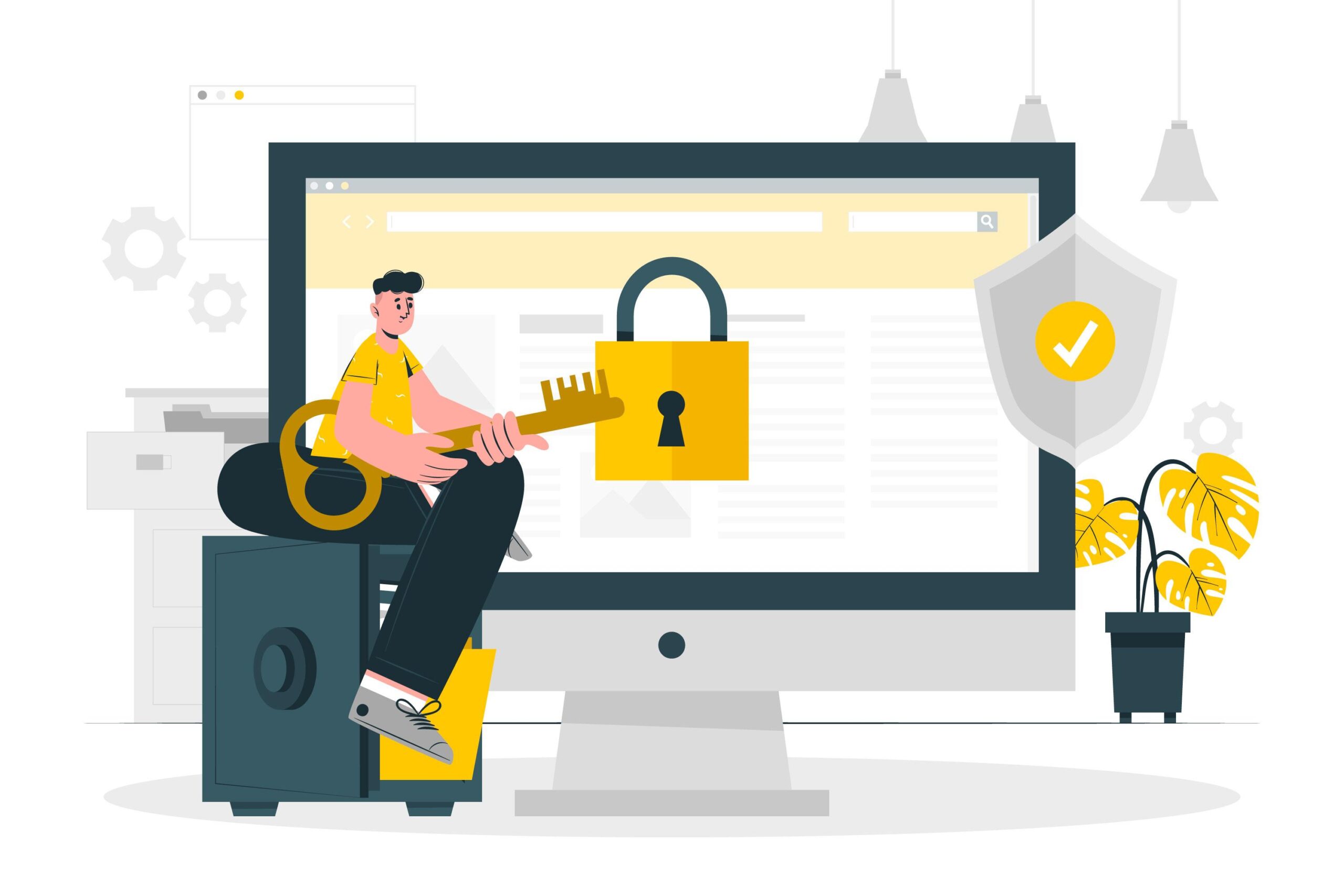The cybersecurity world is constantly changing, and Zero Trust is at the center of many of these shifts. Originally introduced by Forrester, the Zero Trust framework takes the “never trust, always verify” approach, which is perfect for our increasingly digital and remote world. As cyber threats become more sophisticated and widespread, Zero Trust is emerging as a go-to solution. Let’s explore the trends driving its adoption and evolution.
1. Identity is Everything
With Zero Trust, it’s not enough to protect just the perimeter anymore—identity has become the foundation of security. Whether it’s a user, device, or application, verifying the identity of each entity trying to access your network is crucial. More companies are shifting towards identity-first security models, which means tools like Identity and Access Management (IAM) and Multi-Factor Authentication (MFA) are becoming essential.
The boom in remote work and cloud services has made identity management a top priority. It’s not just about knowing who is accessing your network, but ensuring they are who they say they are—every time they log in.
2. Microsegmentation: Breaking it Down
Microsegmentation is a game-changer in the Zero Trust world. Instead of assuming everything inside your network is safe, microsegmentation breaks down your environment into smaller, isolated parts. By doing so, if one segment is compromised, the damage doesn’t spread throughout your entire system.
This granular approach to security makes it easier to enforce strict policies for each part of the network. Companies are using tools like software-defined perimeters to make microsegmentation more effective, allowing them to control access more precisely and mitigate risks faster.
3. AI and Machine Learning to the Rescue
Artificial Intelligence (AI) and Machine Learning (ML) are playing a massive role in enhancing Zero Trust security. These technologies are becoming increasingly sophisticated in identifying threats, flagging abnormal behavior, and detecting attacks in real-time. Imagine AI spotting a user trying to access data from a suspicious location at an odd time—that’s where AI shines.
By constantly learning from past data, machine learning can continuously fine-tune Zero Trust policies. It helps identify patterns and behaviors that might otherwise go unnoticed by humans, making security systems smarter and faster at reacting to potential threats.
4. Cloud is In, So is Zero Trust
As more businesses move to the cloud, the need for Zero Trust in cloud environments is growing rapidly. Applying Zero Trust principles to cloud services means that every user and device must be continuously verified, just as they would be on traditional networks.
Companies are integrating Zero Trust frameworks with cloud-native tools, ensuring that data and applications in the cloud are as secure as they are on-premises. This trend is becoming essential as businesses work with hybrid models that blend cloud and on-premise resources.
5. Say Goodbye to VPNs, Hello to ZTNA
Zero Trust Network Access (ZTNA) is on the rise, and it’s quickly replacing traditional VPNs. While VPNs give broad access to entire networks, ZTNA allows for more fine-grained control, providing access only to specific applications and services.
ZTNA ensures that every user and device is verified before gaining access and is only given permission to access what’s needed, nothing more. This trend is becoming increasingly popular, especially with more people working remotely or in hybrid environments. It’s a more secure, targeted way of managing access.
6. Continuous Monitoring: Trust Isn’t Forever
In a Zero Trust framework, trust isn’t something that’s granted once and forgotten. Continuous monitoring is a key trend that allows companies to keep an eye on user activity and device health at all times. This approach ensures that even trusted users don’t get a free pass—if anything suspicious happens, it can be caught quickly.
By constantly verifying behavior and network traffic, businesses can spot threats early and stop them before they cause serious harm. Continuous monitoring is becoming a core part of how companies implement Zero Trust.
Wrapping Up
Zero Trust isn’t just a buzzword—it’s the future of cybersecurity. From identity-centric security to advanced AI and machine learning, Zero Trust is helping companies rethink how they protect their networks in an increasingly complex digital world. If your organization hasn’t adopted Zero Trust principles yet, now is the perfect time to start planning. The trends we’ve covered are shaping a more secure future, one that emphasizes continuous verification and smarter controls over who gets access to what.
In the world of Zero Trust, the motto remains simple: never trust, always verify.


